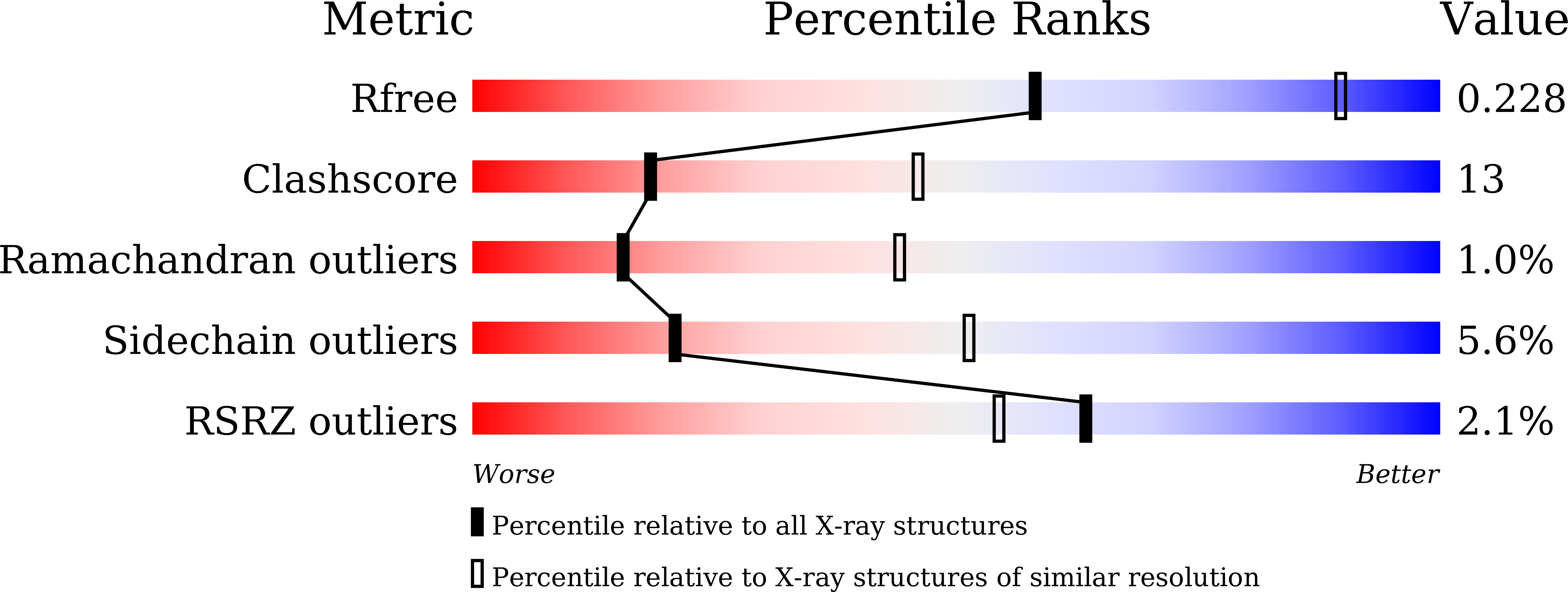
Deposition Date
2020-03-10
Release Date
2020-11-18
Last Version Date
2023-11-29
Entry Detail
PDB ID:
6M5E
Keywords:
Title:
Human serum albumin with cyclic peptide dalbavancin
Biological Source:
Source Organism:
Homo sapiens (Taxon ID: 9606)
synthetic construct (Taxon ID: 32630)
synthetic construct (Taxon ID: 32630)
Host Organism:
Method Details:
Experimental Method:
Resolution:
2.80 Å
R-Value Free:
0.22
R-Value Work:
0.17
R-Value Observed:
0.18
Space Group:
C 1 2 1


